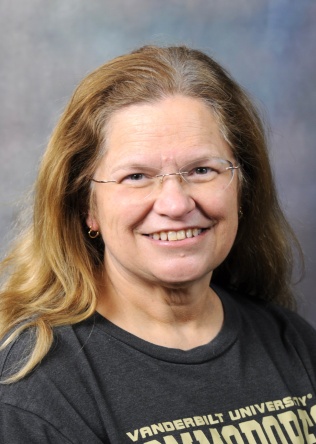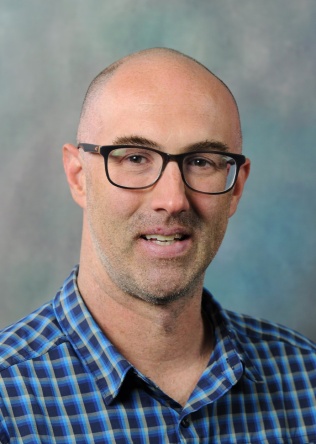Yiu-Yin Cheung
Cheung, Y. Y.; Yu, H; Xu, K; Zou, B; Wu, M; McManus, O. B.; Li, M; Lindsley, C. W.; Hopkins, C. R. "Discovery of a Series of 2-Phenyl-N-(2-(pyrrolidin-1-yl)phenyl)acetamides as Novel Molecular Switches that Modulate Modes of Kv7.2 (KCNQ2) Channel Pharmacology: Identification of (S)-2-Phenyl-N-(2-(pyrrolidin-1-yl)phenyl)butanamide (ML252) as a Potent, Brain Penetrant Kv7.2 Channel Inhibitor," J. Med. Chem., 2012, 55, 6975-6979.
Melancon, B. J.; Utley, T. J.; Sevel, C; Mattman, M. E.; Cheung, Y. Y.; Bridges, T. M.; Morrison, R. D.; Sheffler, D. J.; Niswender, C. M.; Daniels, J. S.; Conn, P. J.; Lindsley, C. W.; Wood, M. R. "Development of novel M1 antagonist scaffolds through the continued optimization of the MLPCN probe ML012," Bioorg. Med. Chem. Lett. 2012, 22, 5053-5040.
Allard, M; Barnes, K; Chen, X; Cheung, Y. Y., Duff, B; Heap, C; Inthavongsay, J; Johnson, M; Krishnamoorthy, R; Manley, C; Steffke, S; Varughese, D; Wang, R; Wang , Y; Schwartz, C. E. "Total synthesis of Resolvin E1," Tetrahedron Lett. 2011, 52, 2023-2626
Cheung, Y. Y.; Zamorano, R; Blobaum, A. L.; Weaver, C. D.; Conn, P. J.; Lindsley, C. W.; Niswender, C. M.; Hopkins, C. R. "Solution-Phase Parallel Synthesis and SAR of Homopiperazinyl Analogs as Positive Allosteric Modulators of mGlu4," ACS Combi. Sci. 2011, 13, 159-165
Mader, M. M.; Shih, C.; Considine, E.; De Dos, A.; Grossman, C. S.; Hipskind, P. A.; Lin, H-S.; Lobb, K. L.; Lopez, B.; Lopez, J. E.; Cabrejas, L. M. M.; Richett, M. E.; White, W. T.; Cheung, Y. Y.; Huang, Z.; Reilly, J. E.; Dinn, S. R. "Acyl sulfonamide anti-proliferatives. Part 2: Activity of heterocyclic sulfonamide derivatives," Bioorg. Med. Chem. Lett. 2005, 15, 617-620.
My research at the VUIIS focuses on the rational design and synthesis of small molecules as novel ligands for TSPO with the goal of developing them into [18F]-PET tracers to be used for cancer imaging. I am also involved in collaborative projects which require either the radiosynthesis development of novel [18F]-PET tracers or the production of known [18F]-PET tracers such as FLT, FES, F-Choline and SFB for pre-clinical imaging stud








